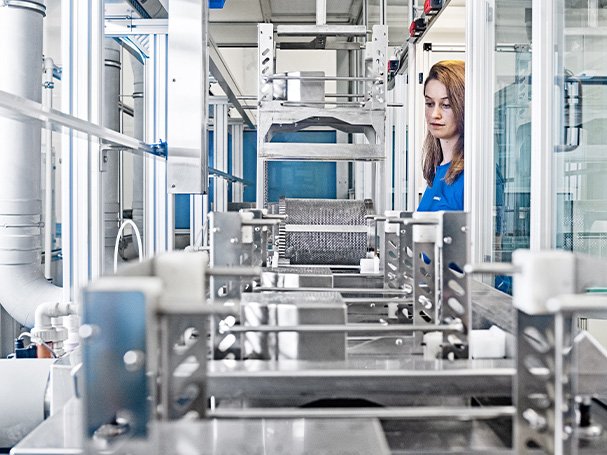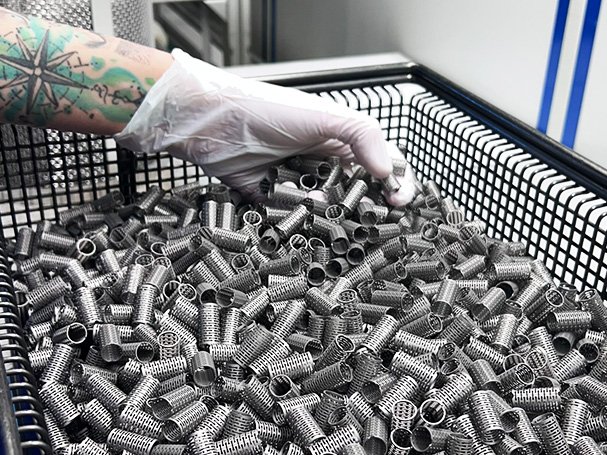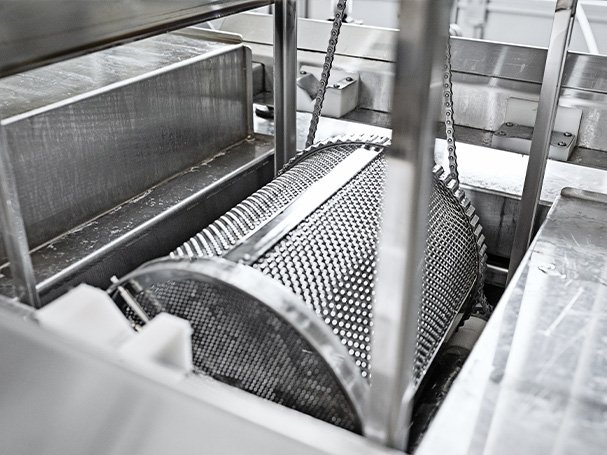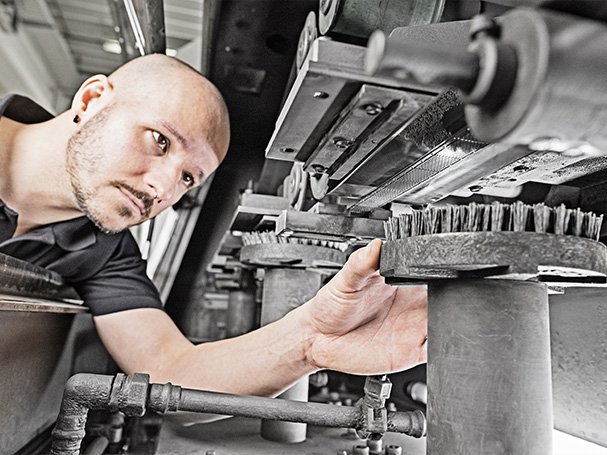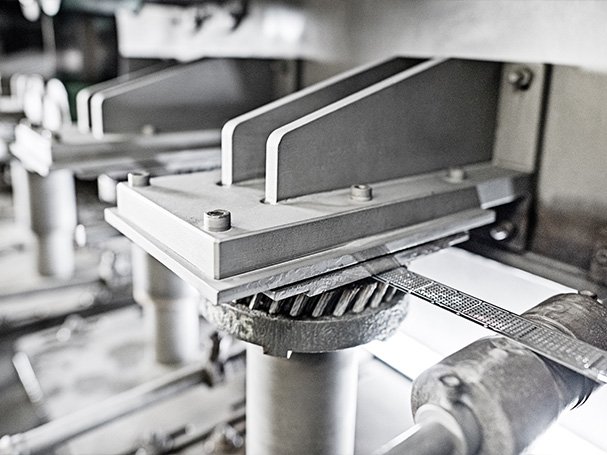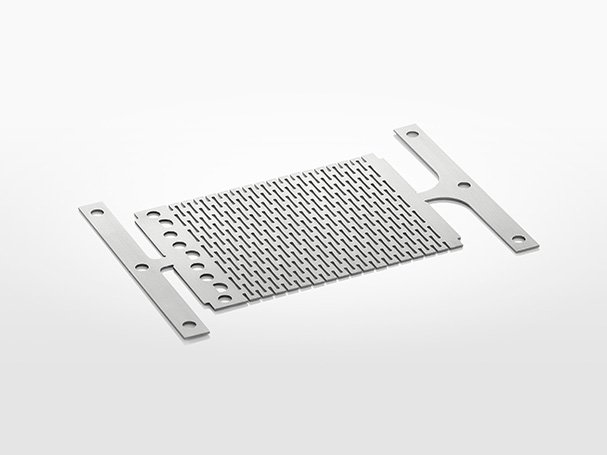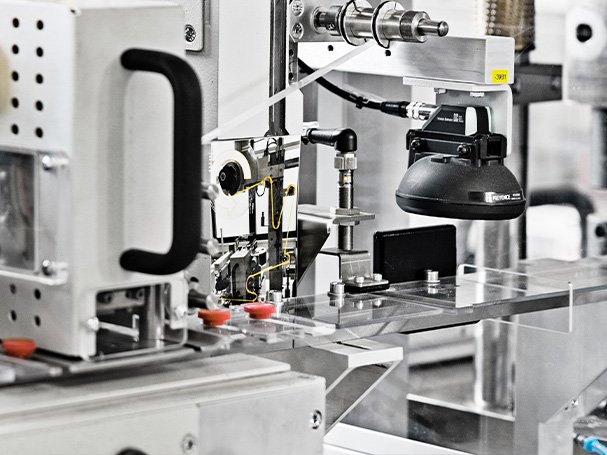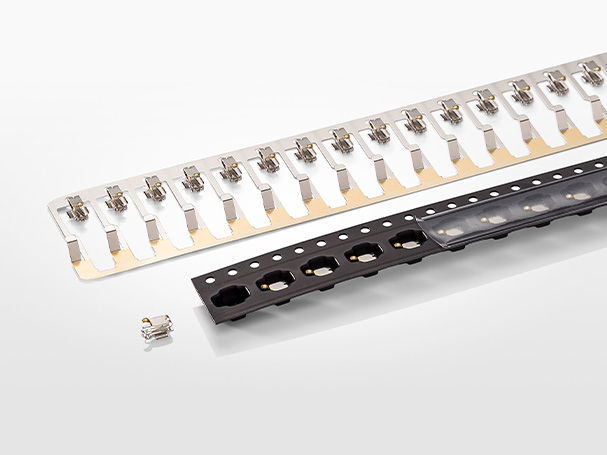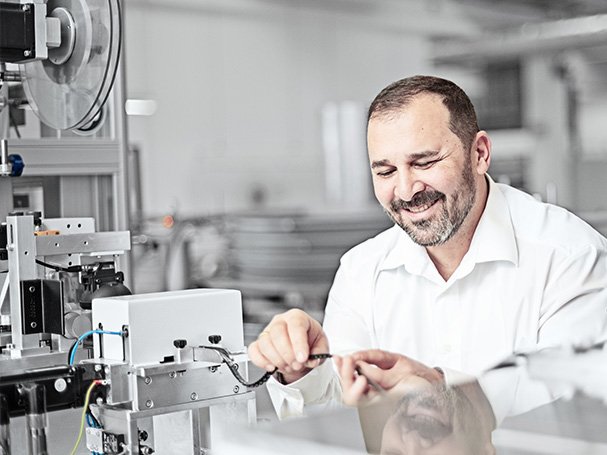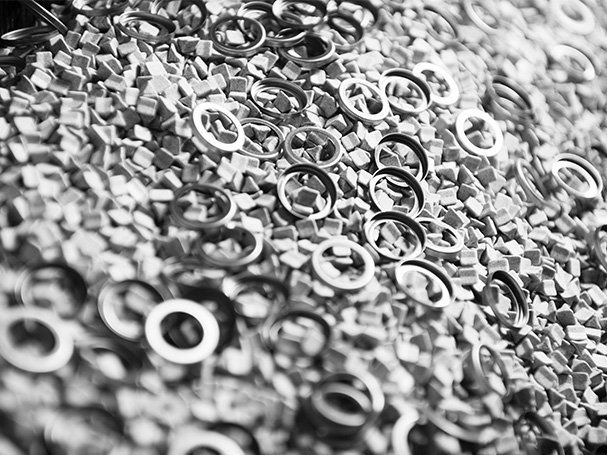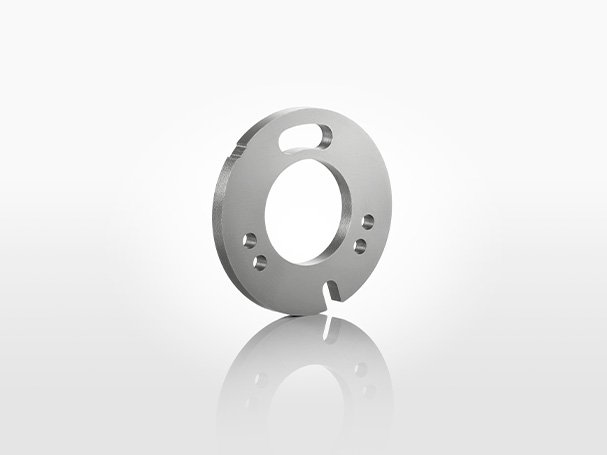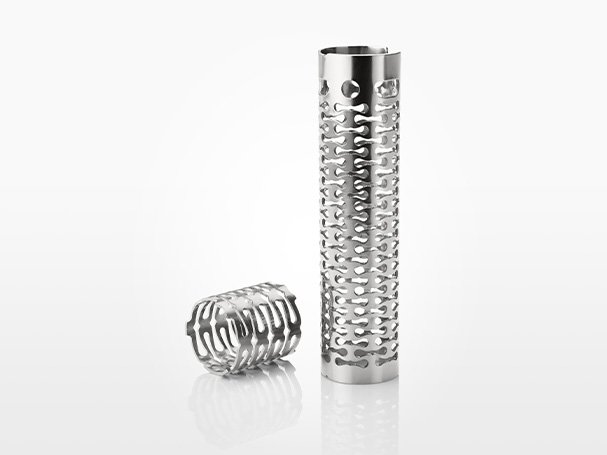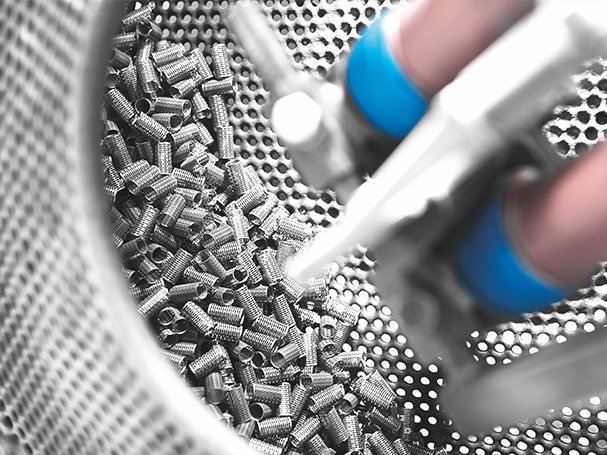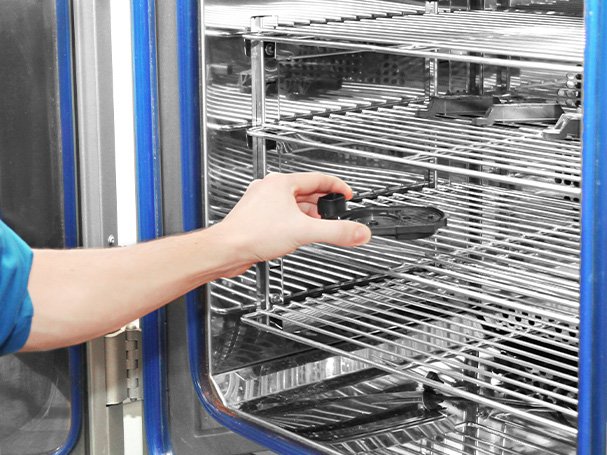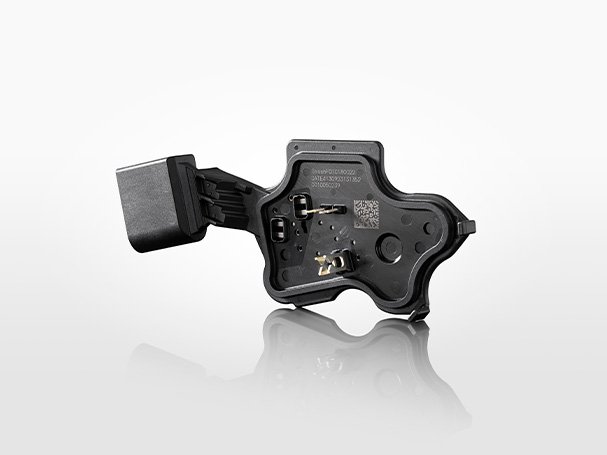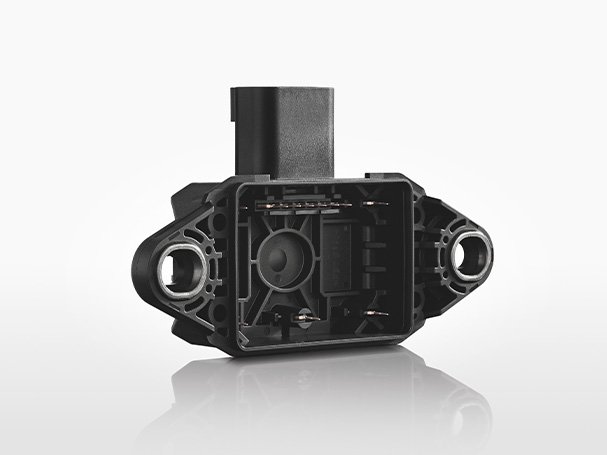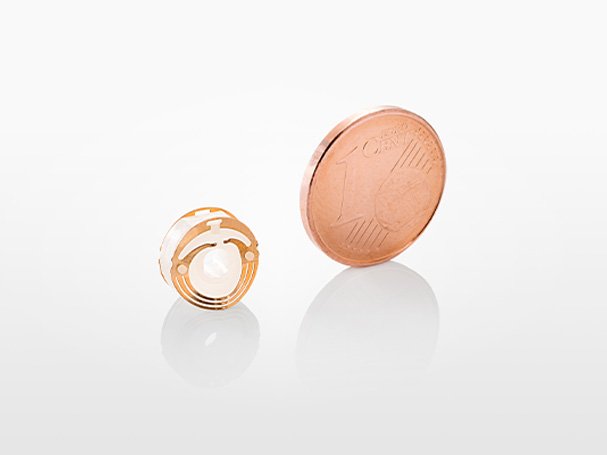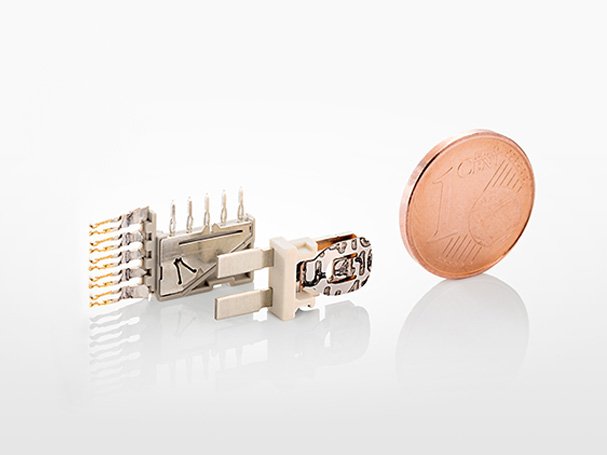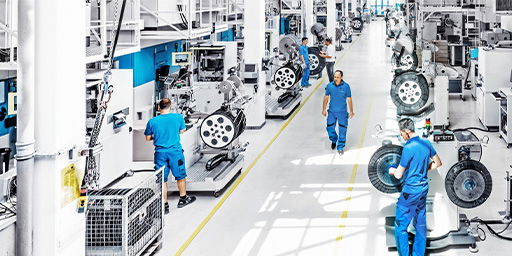Finishing processes
Our stamping and injection-molding technologies are complemented by a series of follow-up processes. These involve expertise-intensive procedures and work steps with which we directly prepare our products for optimal further processing.
Maximum cleanliness & optimal surfaces
no matter whether loose pieces or line-produced components – we achieve particle freedom down to <150 µm thanks to state-of-the-art cleaning and degreasing facilities
Broad production range for highest demands
using barrel finishing, surface treatments, and cleaning procedures supplemented with cleanliness analyses from our in-house laboratory
Highest flexibility & maximum control
thanks to production, post-processing, and packaging from a single source with complete process control
Fully integrated processes & predictability
thanks to pooled expertise and processes tailored to one another for precise project management and planning capability
Ultra-fine cleaning
With our diverse and efficient fleet of machinery, we can carry out cleaning procedures to the highest quality. No matter whether water-based or solvent-based cleaning is required, we have a variety of technologies that allow us to achieve the defined technical degree of cleanliness required by our customers:
- Cleaning and degreasing of stamped and drawn parts on the production line
- Cleaning of stamped and drawn parts as bulk goods
- Contract cleaning of stamped parts made from steel and stainless steel
- Implementation of attenuation analyses
- Particle analyses (metallic and non-metallic)
- Evaluation of particle classes as per VDA Volume 19
Brushing
We use a variety of brushing processes to remove burrs and flakes left on stamped strips. These include the simultaneous cleaning and drying of stainless steel strips while they are processed on the line. This ensures that we are able to satisfy the highest particle requirements (particle classes as per VDA Volume 19) even for particularly sophisticat stamped parts, such as injectors or medical equipment products.
Tape & reel
In our tape & reel process, stamped products are separated from stamped strips, inserted into drawn plastic blisters and sealed with a plastic film. This packaging technique ensures that the stamped parts can be protected for subsequent processing, transported to the required level of cleanliness and removed in a manner appropriate to the situation.
Vibratory finishing
We make use of vibratory finishing to improve the surfaces of individual stamped parts (loose piece parts) and to remove stamping burrs and flakes. In this regard, the range of our procedures spans grinding wheels made from corundum, ceramic, and plastic bodies. We are therefore able to satisfy cleanliness requirements for particle classes as per VDA Volume 19, even for highly complex stamped parts.
Abrasive blasting
We also employ blasting with a medium as an additional method to eliminate stamping burrs and flakes on individual stamped parts. In addition to corundum, we use glass beads as a blasting medium, since these are ideal for products with filigree geometries. Through the various types of blasting we offer, we are able to satisfy the highest particle requirements even for particularly sophisticated stamped parts. Furthermore, glass bead blasting can improve the surfaces of the products and increase the resistance to constant vibration stresses.
Thermal aging
Accelerated thermal aging aims to simulate the product lifetime in rapidly changing ambient temperatures. This procedure serves to verify that the product maintains its quality when deployed in extreme conditions. In this process, we expose plastic parts to a specified temperature between -70°C and +180°C in an alternating cycle.
